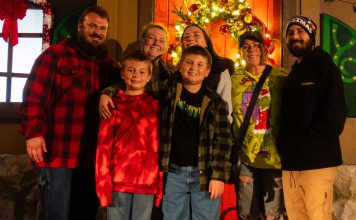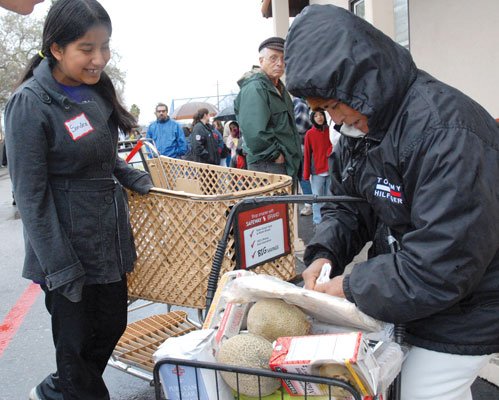GILROY
– Just days on the heels of the first winter smog alert in
nearly a decade, Santa Clara County supervisors will decide this
week whether to ban or regulate construction and renovation of
fireplaces and wood-burning appliances in unincorporated areas.
GILROY – Just days on the heels of the first winter smog alert in nearly a decade, Santa Clara County supervisors will decide this week whether to ban or regulate construction and renovation of fireplaces and wood-burning appliances in unincorporated areas.
Supervisors will receive and consider a cost-benefit analysis of a potential fireplace ordinance Tuesday, only a few days after the Bay Area Air Quality Air Management district declared a “Spare The Air” smog alert for late Saturday through Sunday morning.
The warning, reportedly the first during the winter season in eight years, was issued because of unhealthy air-quality levels blamed largely on particulate fireplace emissions that were not diffused in the stagnant air.
During winter months, cold air traps particulate matter near the ground under an inversion layer of warmer air above. The particulates are seen by air regulators as a lung irritant and long-term cancer contributor.
The county staff analysis supervisors will consider Tuesday suggests that reducing the amount of new wood-burning appliances would generally improve ambient air quality – especially in urban areas – although to an unquantifiable level. But such a law could also reduce property values and be hard to enforce, it warns.
“Air quality does not only depend upon what is burnt in dwellings, bakeries and restaurants of unincorporated areas – it also depends on what is burnt at power plants, factories …” the report says. “The relationship between health benefits for county residents and reduced emissions (from fireplaces) is therefore indirect at best.”
If the county does pursue an ordinance, the report recommends exemptions for remote, unincorporated areas that don’t have access to natural gas and for cooking stoves, as well as wood-pellet stoves – wood-burning appliances that meet standards set by the federal Environmental Protection Agency.
Roughly 22 percent of the 178 new dwellings permitted by the county in an average year don’t have access to natural gas, and may use wood heat as a heat source in addition to propane, the report says.
The tradeoff for other homes is mostly a loss of aesthetic value, it says.
Other options include prohibiting certain types of appliances in specific places or offering incentives to restrict burning at certain times or convert wood-burning fireplaces to natural gas.
In any case, the regulations could be hard to enforce, the report says. An ordinance could reduce property values and rely on neighbors’ complaints against each other for enforcement.
“It tends to be divisive at best,” the report says.
Restrictions on hours and types of fuel burned are also seen as difficult to enforce, according to the report.













